Market Growth and Key Innovations for Printed Interior Décor
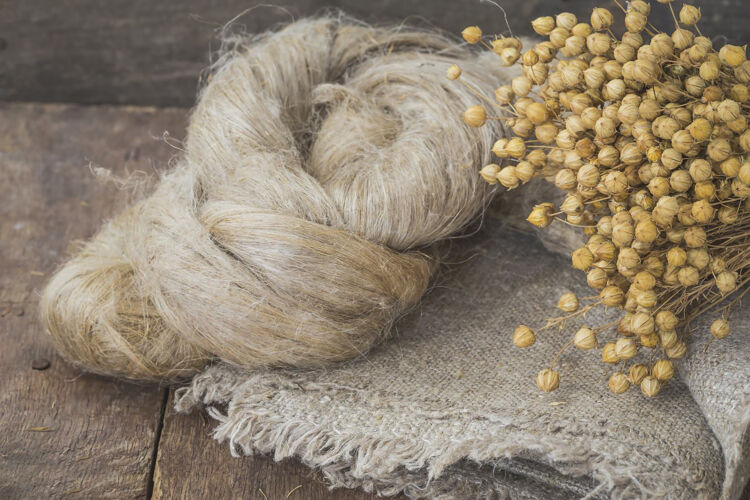
Debbie McKeegan shares the latest innovations in the printed interior decor sector with a particular focus on textiles, surfaces and applications. A key trend that is emerging is sustainability and environmentally friendly products.
The growth in world population and increased urbanisation continues to generate significant commercial opportunity in the prime areas of Home Décor; home furnishings, textile accessories and the wallcovering sectors. Amidst all of these markets - the prodominent trend is sustainability - which is driving both product design and supply chain disruption across the globe.
The global home textile market, which in 2022 was estimated at USD $124.9 billion was predicted to grow at over 6% CAGR until 2032, with a potential revenue of USD $225.37 billion (Precedence Research).
Equally, although on a smaller scale, the global wallcovering market, which was valued at USD $39.63 billion in 2024, is expected to reach USD $49.31 billion by 2029, growing at a CAGR of 4.47% during the forecast period (2024-2029) (Mordor Intelligence).
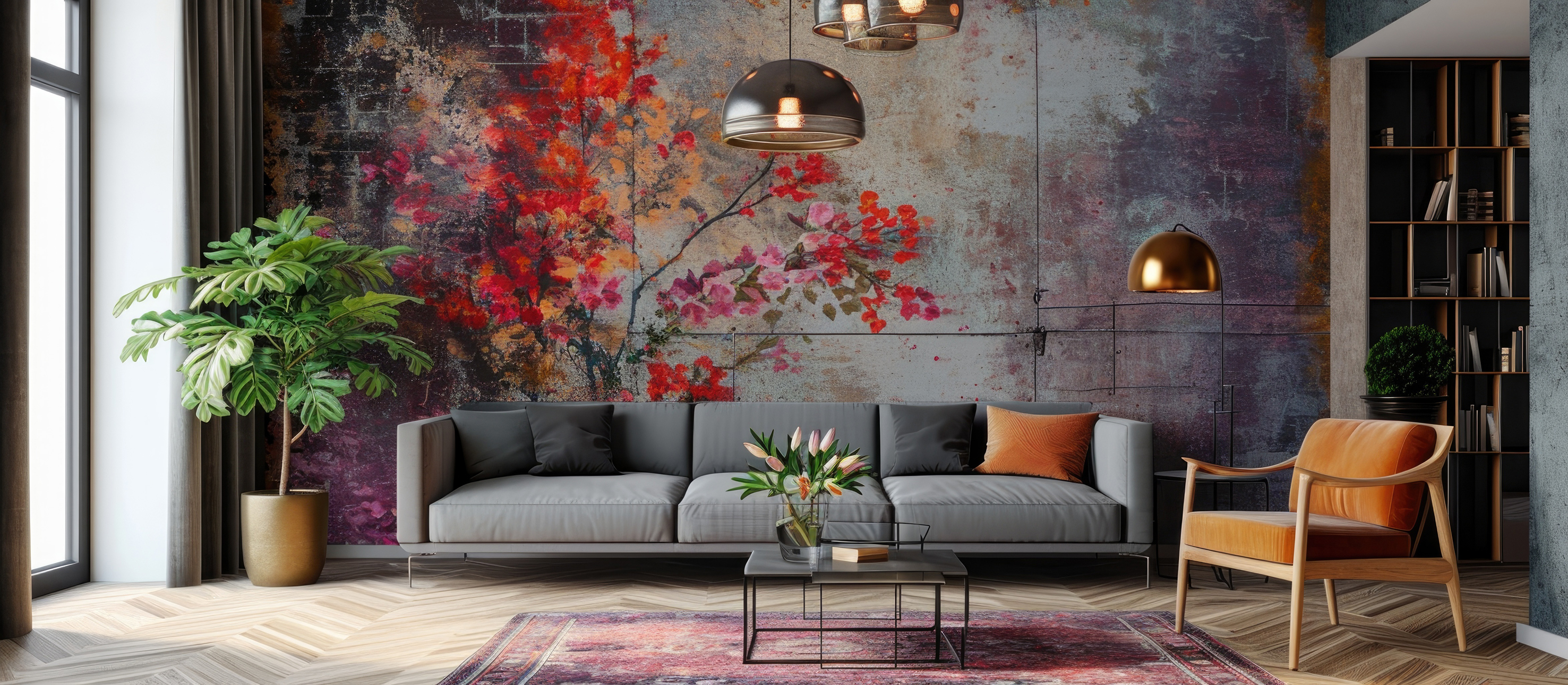
This expansion, although demand led, is further nuanced by market shifts and consumer behaviours. Digital technologies continue to democratise all interior decoration sectors. Personalisation, customisation, nearshoring and on-demand buying behaviours have all had a positive effect on growth – in difficult, geopolitical market conditions.
R&D in equipment, inks, software and materials for both rigid and soft surfaces have enabled technology to deliver viable digital solutions to disrupt existing manufacturing routes and their business models. With these advancements on all technical frontiers, the challenges of manufacturing can now be overcome at any scale.
As stated, the most important topic of the next decade is Sustainability. To achieve global environmental goals and meet new regulations, the industry is driving the manufacturing sectors forward - to secure business based on environmentally secure manufacturing process. Below we detail a number of recent developments that signpost the future of printed furnishings and decorated interiors:
New Décor Materials for Environmental Balance
Pongs recently launched their AKUSTICO® NewLife, a new wide format print material that doesn’t sacrifice sustainability for quality. Made from 100% recycled plastic bottles AKUSTICO® NewLife FR is produced using a mechanical not chemical manufacturing process that not only produces a PVC-free recyclable product but also creates significantly less CO2 emissions than traditional wallpapers.
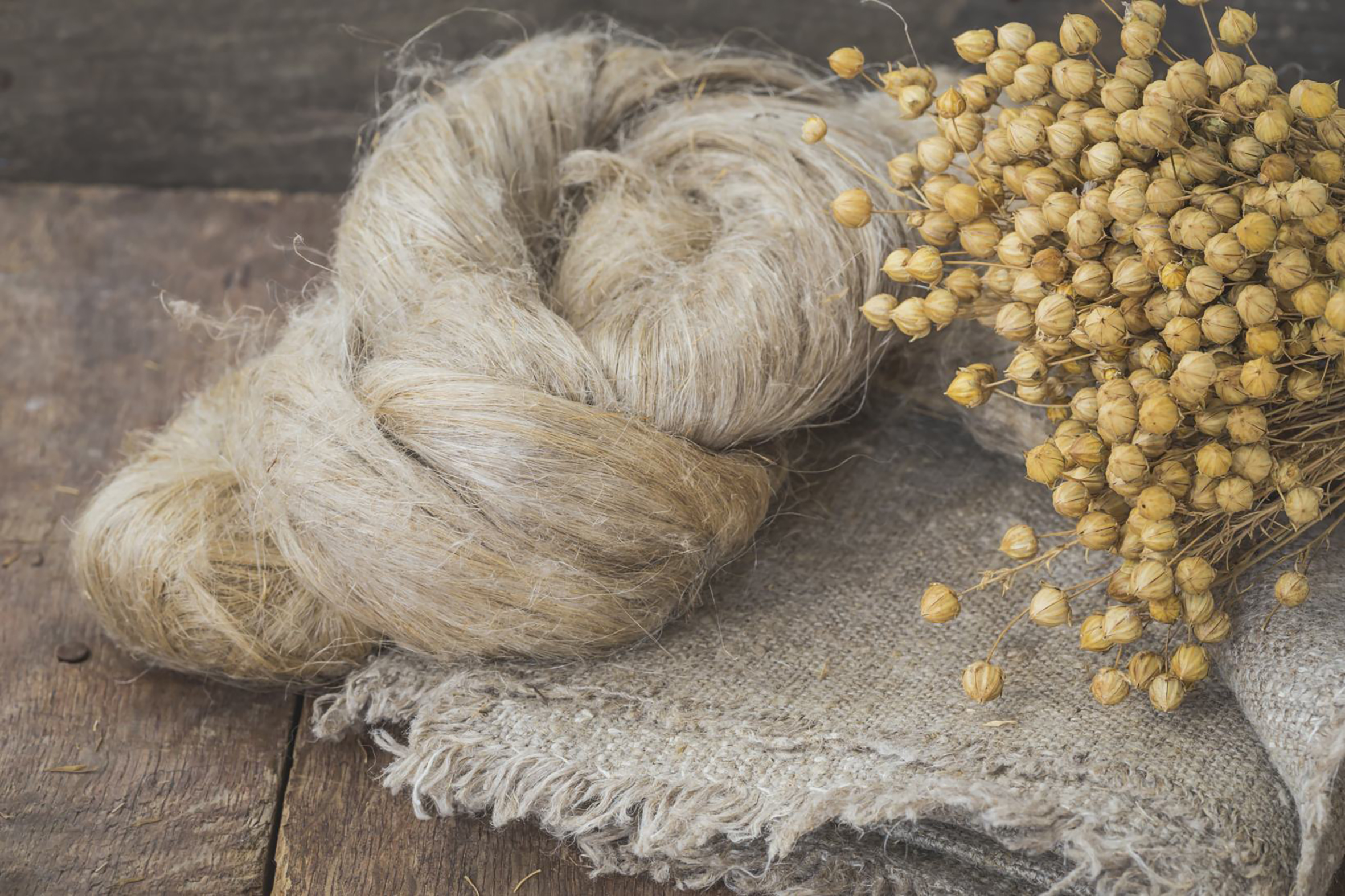 Credit: Norafin
Credit: Norafin
Norafin introduced the first 100% full sustainable Wallpaper- a 65% Linen & 35% Rayon without any chemical additives. Thanks to the natural components - flax and viscose – their extra organic wallcovering promotes a natural indoor climate and is bio- degradable. Importantly it is also certified by OEKO-TEX according to Standard 100 by OEKO-TEX® (16.0.90034 HOHENSTEIN HTTI) and labelled accordingly. Norafin is a pioneer with its “Extra Organic” brand which is digitally printable with aqueous pigment Inks and claims to offer a first for - 100% sustainable wallpaper.
For the contract textile marketplace; Vescom’s new materials are designed to offer environmental reform. Their new sustainable recycled boucle upholstery fabric is made from post-consumer PET bottles. Their (almost) 100% recycled polyester FR boucle yarn claims to turn the problem of plastic waste into a solution. Bottles are collected locally before being separated by type and colour, processed and converted into flakes. This polymer is eventually extruded into yarn, which is then texturized, and the yarn dyed and embedded with permanent flame retardant properties. The resulting boucle yarn is turned into remarkably soft and textured upholstery textiles in Vescom’s German weaving mill.
Conserving Water - Developments Drive Print Efficiency and Sustainable Process
At Coldenhove their newly developed Texcol® digital transfer paper enables the textile printer to transfer print onto a wide range of natural fibre textiles, using a waterless process. Its properties make it highly resistant to crocking which helps to retain its colour fastness when exposed to light. Texcol® is especially recommended for applications in the Interior décor sector; curtains, decorative pillows and bedding, all of which require a high degree of durability.
Machinery Developments Driving Speed and Environmental Efficiency
Recent textile printing machinery developments have also been focussed on driving production options for décor printing forward - delivering ever increased speed, environmental efficiency and enhanced ROI to all concerned.
The newest player in the sector is the Kyocera Corporation - who announced the release of the FOREARTH roll-to-roll inkjet textile printer. “It is an all-in-one printing system that uses new patented inks, pre-treatment fluids, and finishers that are sequentially applied by inkjet printheads to the material”. Pigment inks, according to the company, “provide soft prints and high durability on a wide range of fabrics”. The printing system eliminates the need for textile pre- and post-processing as required in conventional printing and claims to reduce water consumption when printing textiles by 99%. Whilst also reducing energy consumption and CO₂ emissions.
For direct to fabric printing the new Eco-friendly, water-based EFI™ Reggiani ecoTERRA pigment inks are stated to “deliver excellent wet and dry fastness properties, high quality print and durability – all while yielding longer printhead life with reduced maintenance costs.” Their binder technology delivers an environmentally friendly and short process. The inline polymerisation requires less water, less energy, and less processing time, with no washing or steaming needed.
Another example focussed on sustainable textile print procees is Optimun Digital, whos Nirvana Belt technology also offers an effective solution in enabling textile printing with zero water consumption. And states the Nivana Belt “eliminates the wastewater, chemical contaminants and high energy consumption of traditional printing”.
From MS Printing Solutions - the re-born JP7 for Pigment ink printing now boasts an Ink Recirculation System and a novel Nozzle Shooting System that protect inks from flocculation which, when combined with the new Gradus dryer give a completely efficient one-step digital textile printing system, offering accelerated speed to market for on-demand production. MS added “With a huge reduction in CO2 emissions, these inks also provide excellent wash and rub fastnesses, as well as being kind to the environment with full Ecopassport certification”.
With new machinery developments from MS Printing Solutions, Epson, EFI Reggiani and Kornit Digital (by example)) each is acutely focussed on simplicity, print speed and environmental efficiency to deliver - digital textile printing technology that is primed for sustainable manufacturing.
Wallcovering Innovations and Technology for Rigid Surfaces
HP recently launched the new HP Latex 630 printer series, completing HP’s Latex range and making white ink technology available to Décor Wallpaper Printers of all sizes. HP explained “White ink allows users to produce a more impactful range of décor wallcovering jobs with stunning image quality and colours that jump off the page, creating attention grabbing campaigns for end-customers”.
The HP Latex 630-series (as with the rest of HP’s Latex portfolio) allows the printer to offer more sustainable printing services: “with water-based latex inks that give off negligible chemicals or odors; UL ECOLOGO® and EPEAT® environmental certifications, carton-based cartridges that reduce plastic by using 100% recycled and recyclable cardboard containers, as well as recycled plastics from HP’s closed-loop process - including post-consumer beverage bottles.
Strategic Partnerships and Industry Collaborations
Canon recently showcased their innovative UVgel wallpaper factory in collaboration with FOTOBA - a solution which allows unattended production of wallpaper on demand using digital technology. This fully automated Décor factory highlights the latest in wallpaper production, featuring their advanced Colorado printers with unique UVgel technology.
.jpg) Credit: Canon
Credit: Canon
In the wallcovering sector, material print base choices continue to flourish. Natural textile fibres and organic print bases can now be printed with ease using both Latex and UV Gel technologies. Its this variety and the availability of creative substrates that continue to democratise the sector, enabling both SME businesses and Mega brands to utilise digital technologies for on-demand production.
As the global Interior Décor market expands at an accelerated pace, technical innovations that are aligned with environmental efficiency continue to thrive. As market specifications (driven by consumer behaviours) for materials, both textiles and wallcoverings, evolve there is an marked urgency to form strategic partnerships that combine new technologies, materials and print process at scale to further enhance product sustainability and circular design. All of which boost performance and will undoubtable generate new market opportunities
Discover the latest innovations in printed interior decor at FESPA Global Print Expo 2024, Europe’s leading print and signage exhibition. Taking place from 19th – 22nd March 2024 at RAI Amsterdam, Netherlands. Register here to visit and use promo code FESJ401 for a 55 euros discount.
.
Recent news

The Growth of Digitally Printed Wallcoverings: Key Trends and Opportunities for Personalisation
The digitally printed wallpaper market is experiencing rapid growth, projected to reach $12.25 billion by 2030, driven by demand for personalisation and sustainable options. Advances in inkjet technology enable vibrant, custom designs for residential and commercial spaces. Key trends include bespoke decor, eco-friendly materials, data-driven design, and industry collaborations, presenting significant opportunities for design and print professionals.
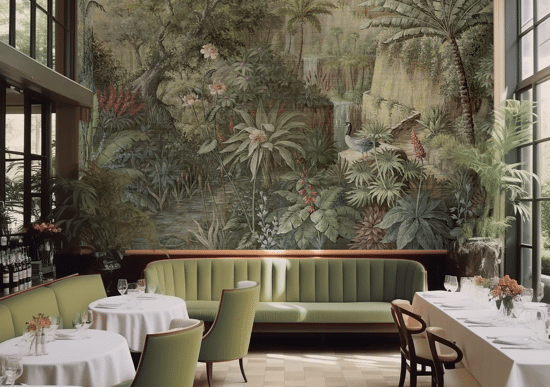
Industry Insights, Design Trends and Disruptive Innovations for Interior Decoration
Debbie McKeegan shares key trends and innovations in the interior decoration industry taking place and demonstrated at recent European exhibitions in Germany and France. The interior decoration industry is adapting to challenges like overstock and supply chain disruptions by integrating digital and traditional methods, aiming for more agile and environmentally friendly solutions.

Bridging Design and Technology: The Story of Western Sensibility an interview with Kathryn Sanders
In this podcast episode, Debbie McKeegan interviews Kathryn Sanders, the CEO & founder of Western Sensibility, a US based company that merges interior design with digital printing technology. They discuss the origins of the business, its innovative services, and the importance of sustainability in the textile industry.
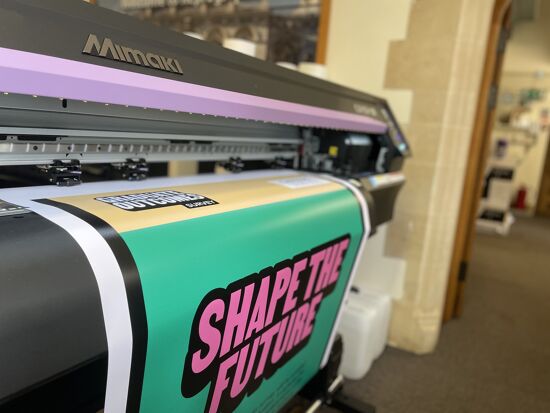
How to choose the right machine for indoor print
With interior print one of the stand-out growth areas of the industry in recent years, it is crucial printing companies select the right equipment to achieve the best quality results. Here, Rob Fletcher picks out some of the machines best suited to this work.